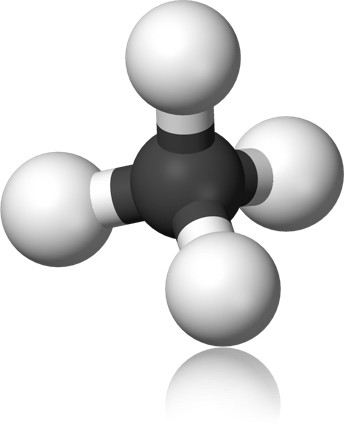 Polytetrafluoroethylene (PTFE) is a polymer of tetrafluoroethylene. This non-elastic polymeric material can be used as support member with an elastomeric seal. It is characterized by a series of outstanding properties: the coefficient of friction is very low against most opposing surfaces made of other materials; the chemical resistance exceeds that of all other thermoplastics and elastomers, thus the resistance to swelling is good in almost all media (liquid alkali metals and a few fluorine compounds attack PTFE at higher temperatures and pressures); it is non-toxic at working temperatures up to + 200 °C; the surface is slippery and repels most media, its use is favored in all cases where the retention of residues is to be avoided; the electrical insulating properties are outstandingly good, they are almost independent of frequency, temperature and weathering effects.
Polytetrafluoroethylene (PTFE) is a polymer of tetrafluoroethylene. This non-elastic polymeric material can be used as support member with an elastomeric seal. It is characterized by a series of outstanding properties: the coefficient of friction is very low against most opposing surfaces made of other materials; the chemical resistance exceeds that of all other thermoplastics and elastomers, thus the resistance to swelling is good in almost all media (liquid alkali metals and a few fluorine compounds attack PTFE at higher temperatures and pressures); it is non-toxic at working temperatures up to + 200 °C; the surface is slippery and repels most media, its use is favored in all cases where the retention of residues is to be avoided; the electrical insulating properties are outstandingly good, they are almost independent of frequency, temperature and weathering effects.
The Temperature range for use is between -200 °C and + 200 °C. Even at – 200 °C, PTFE still has some elasticity and therefore it can be used for seals and constructional parts, for example, with liquified gases.
When using parts of pure PTFE, the following points should be noted: that above a certain level of stress, the material continues to deform due to creep or cold flow; that the abrasion resistance is low; that thermal expansion, like most plastics, is about 10 times that of metals; that the thermal conductivity is low so that removal of heat from bearings and from other moving seals can lead to problems; that the material is not elastomeric but is hard like polyethylene.
The latter can present problems in fitting, such as stretching the ring sufficiently to locate in their grooves.
Recovery from stretch will also be slow, so that assembled rings will have to be left for a considerable period before they recover their original size, although this process of recovery can be accelerated by gentle heating. For these reasons, elastomeric seals in assemblies cannot simply be replaced by PTFE seals.
With lip seals, provision must be made for a constant additional contact pressure by the use of springs or by other means.
PTFE is filled with graphite, glass fibers, bronze and carbon to achieve special properties.
Datasheet
Description:
- Polytetrafluoroethylene PTFE
Working temperature:
- -200 ÷ +200 °C
Physical characteristics
- Strength: medium
- Resilience: medium
- Resistance to abrasion: medium
- Resistance to ageing/weathering: excellent
Fluid chemical resistance
- The resistance to swelling is good in almost all media. The chemical resistance exceeds that of all other thermoplastics and elastomers


